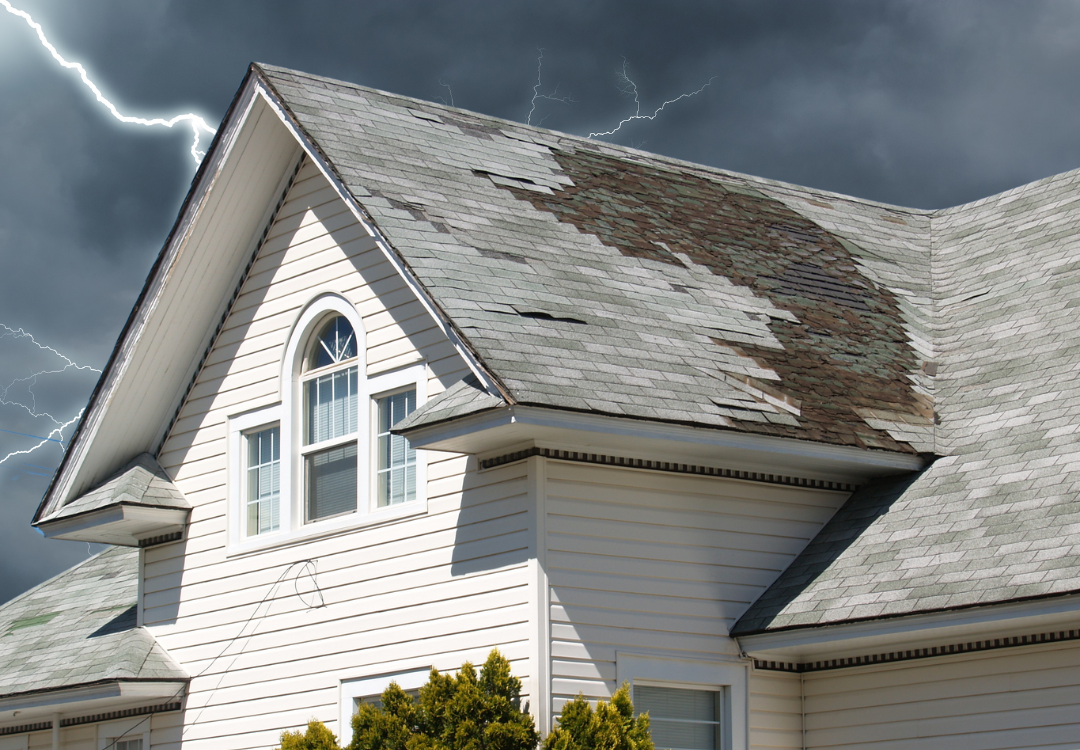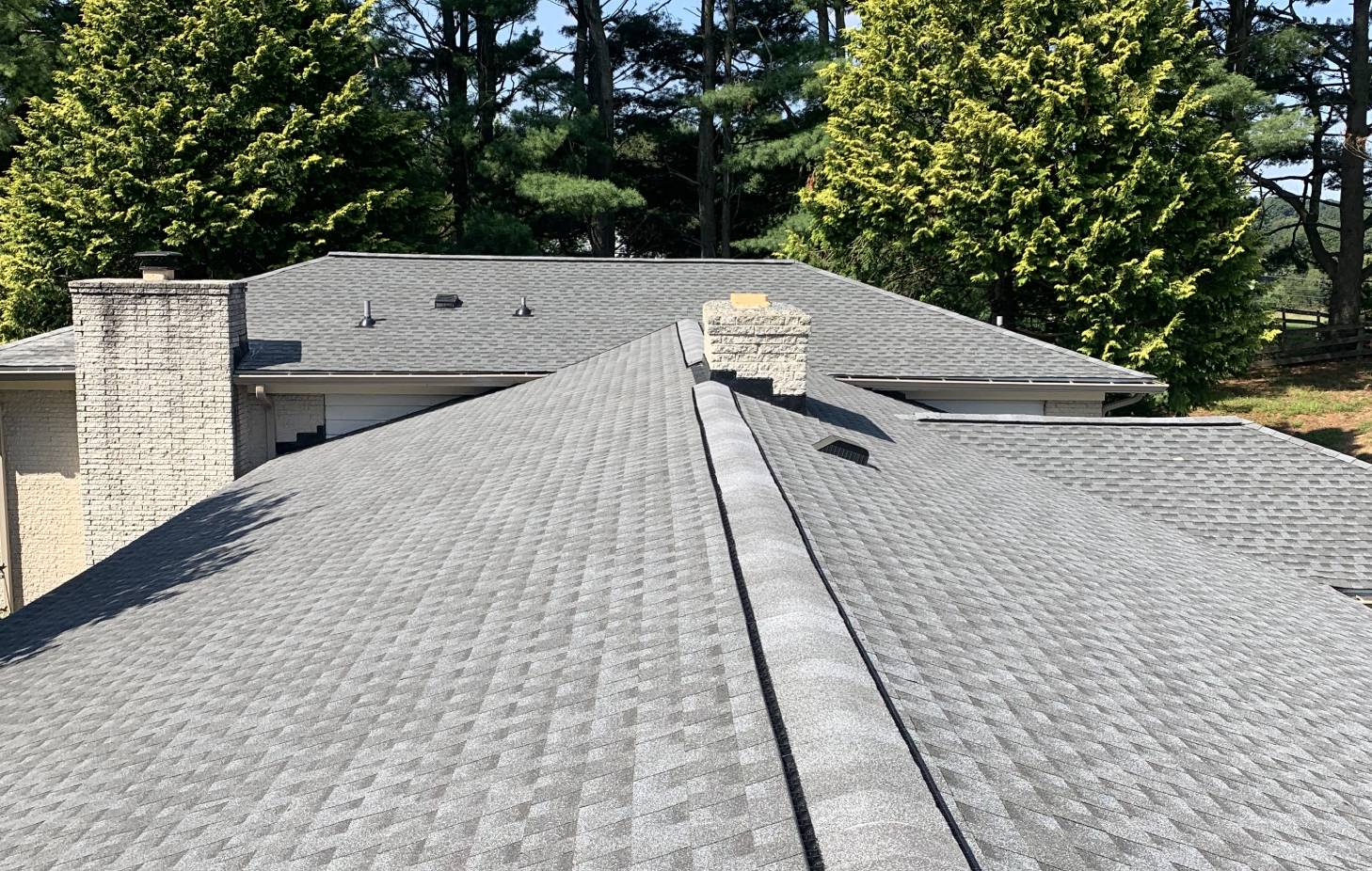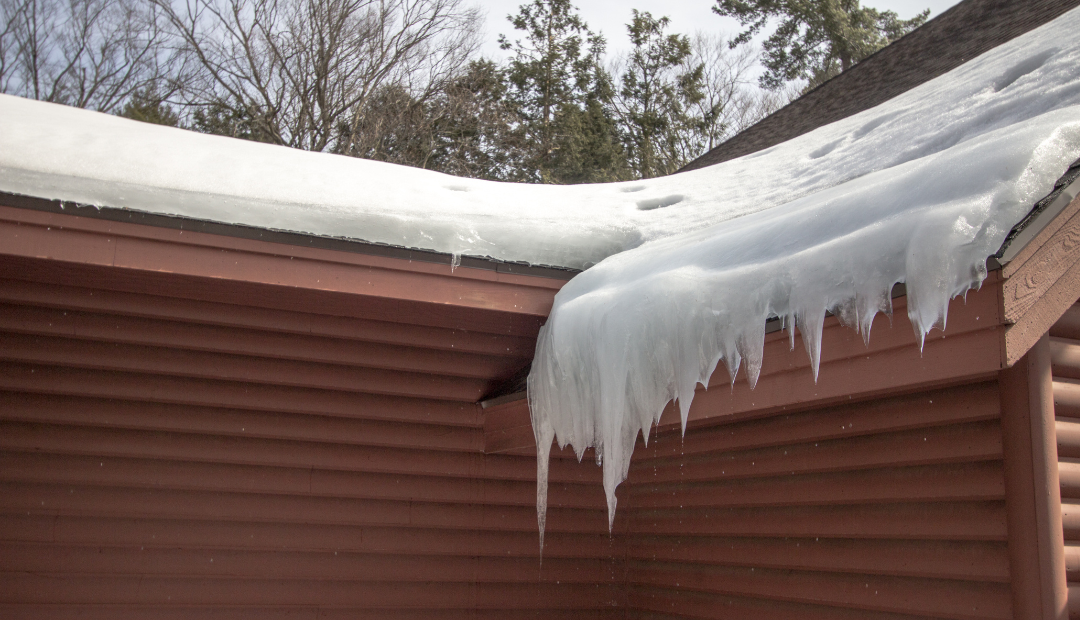5 Signs Your Roof Has Sustained Damage After a Storm
In Maryland, the weather can be unpredictable. From Hurricane Isaias in 2020 wreaking havoc on the state with tornadoes, high winds, and heavy rainfall to Snowmageddon in 2010, bringing over 2 feet of snow and millions in property damage, local weather patterns can do a lot of harm to your home — especially the roof.
Your roof is your home’s first line of defense against extreme weather, which is why it’s important to understand what signs to look out for that indicate your roof has suffered significant damage. Identifying a problem is the first step in restoring your property to pre-loss condition and ensuring it’s ready to protect you during the next storm.
In this blog post, the roofing contractors at Alternative Roofing share some telltale signs that your roof has suffered damage so you can act quickly to get the help you need after a severe storm.
Signs of Roof Damage To Look For
When your roof has sustained significant damage, you can tell by looking out for these signs that your roofing system needs repair or replacement:
1. Mold on Your Ceiling or Attic Decking
If you notice black or yellow spotting, this is likely mold or mildew growth, which may indicate that your roof is leaking. Leaving mold and mildew untreated can have significant consequences on your roofing system, including:
- Severe structural damage leading to leaks, sagging, or collapse
- Increased allergies, respiratory illness, and other health issues
- Higher utility costs due to compromised insulation and ventilation systems
- Decreased property value in the real estate market
One way to confirm whether or not you have a leak causing mold growth is by checking the attic insulation. If you discover that the insulation in your attic is wet or damp, it’s further confirmation that your roof is leaking and needs repair or replacement.
Water coming through your roof ventilation system is normal and not a cause for concern; however, if you notice water around other fixtures, such as your chimney, there may be a leak that needs to be addressed.
2. Missing or Warped Shingles
High winds and severe, prolonged precipitation have the potential to damage your roof shingles. Missing shingles are usually the result of high winds that have peeled them away.
On the other hand, warping or cracking usually happens when shingles have come into contact with hail or storm-induced projectiles, such as flying tree branches.
Missing and damaged shingles can pose a serious threat to your home, making your property susceptible to leaks and pest infiltration. When you notice any missing, warped, or cracked shingles, it’s important to act fast to have the damage repaired so you can prevent further damage and ensure your property remains protected during the next storm.
3. Shingle Granules in Your Yard or Gutter
Asphalt shingles are great for deterring UV rays and strengthening your home’s energy efficiency by preventing unwanted thermal transfer through their granules; however, those granules can be easily ripped off during extreme weather, ending up in your yard, gutters, and other areas around your property.
Extensive damage like this can render your shingles useless against the next storm, making it essential to have them repaired or replaced as soon as you notice a problem.
4. Dark Streaks or Stains on Your Roof
If you notice dark streaks or stains on your roof, it may be a sign of bacteria growth. Gloeocapsma Magma is a type of blue-green algae that can grow on shingles and compromise the integrity of your roofing system.
One of the biggest concerns about this algae is that it’s easy to spread, transmitting from house to house through airborne particles. So, even if your house doesn’t have it, if your neighbor’s house does, strong winds can carry it over to your roof quickly.
Depending on the severity of the algae growth, you may need to have your roof thoroughly cleaned or completely replaced. A knowledgeable roofing contractor can assess the extent of your damage and determine the best course of action.
5. Gutter, Soffit, Fascia, or Flashing Damage
Your roof isn’t the only part of the home that can suffer extreme damage during a storm. High winds and heavy rains can lead to dents, cracks, and other damage to your gutters, soffit, fascia, and flashing.
Especially in the winter, snow and ice can become lodged in your gutters, forming ice dams that block gutters and cause water to back up into your roof, causing severe leaks.
What To Do if You Have Roof Damage After a Storm
If you’ve noticed that your roof has suffered extreme damage after a storm, there are a few steps you should take:
- Document all damage: Take photos or videos of any damage you see and ensure they’re readily accessible to share with all roofing contractors and insurance adjusters.
- Make temporary repairs: If possible, implement any temporary repairs to prevent additional damage from compromising your system.
- Contact your insurance: Contact your home insurance provider to begin filing a claim and get any information required to ensure your repairs or replacements are covered.
- Find a roofer: Contact a knowledgeable roofing contractor to get a roof repair or replacement quote.
Think your roof has suffered significant damage after a severe storm? Alternative Roofing can help. Our experienced, friendly professionals have helped Maryland homeowners recover from severe roof damage for 20 years, offering the highest quality roofing solutions possible.
Get a free roof repair or replacement estimate today by calling our team at (410) 489-9000.
Contact Us
Request Service
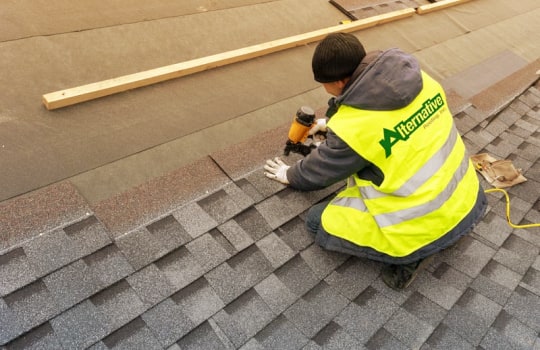
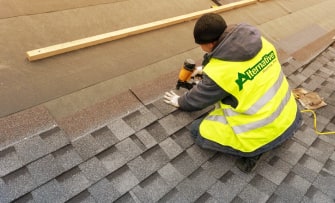
The Alternative Roofing Difference
What Sets Us Apart
- We'll never take a hard-sell approach.
- Our team has extensive expertise in the top roofing products.
- We are committed to producing high-quality work and outstanding customer service.
- Our supervisors will be on-site through the duration of your project.
- We're always available to answer your questions or provide a project report.

